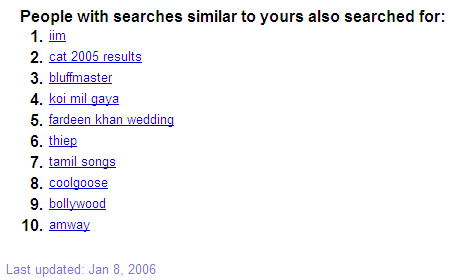Over my last few years as a consultant, I’ve seen many interesting ways in which markets have emerged where they shouldn’t have, creating havoc in pricing and scarcity. Fixed prices fluctuate, free goods acquire a value, and non-tradeable goods are traded. I’ll share a few of these examples over the next few weeks.
Once, a fan manufacturer asked us, We did an analysis and found that our wholesalers’ margins fluctuate. How could that happen, when we are fixing their buying and selling prices?
The manufacturer sells several popular fans. Their highest selling fan (call it HS), for instance, was sold to wholesalers at Rs 1,089, who would then sell it to retailers at Rs 1,100. No question of margin fluctuation.
I took a trip to Lohar Chawl, the wholesale fan market, to get to the bottom of this. After a few conversations in dingy warehourses, here’s what I discovered. Fans are bartered. Wholesalers keep as little cash and inventory on hand. Often, a retailer would order a fan (say X) not in stock. The wholesaler doesn’t want to lose the deal, and doesn’t have cash, but he would have some inventory of HS, since it’s such a high-selling fan. He goes to another wholesaler, and says,
“Give me some fan X, and I’ll give you some HS fans instead. You’ll be able to sell these HS fans fairly quickly anyway.”
“Why should I? Tell me your customers name and I’ll sell it to him myself, and make the profit.”
“Tell you what. I’ll give you my HS fans for Rs 1,079 instead of Rs 1,089. You’ll get a higher margin when you sell it.”
This is a routine matter in Lohar Chawl. If you don’t have a fan, barter it for another (often HS) at a discounted price. So the wholesaler’s margin would depend on how many fans they bought at a bartered price!
Poaching was another reason for the margin fluctuation. The manufacturer demarcated territories for each wholesaler, saying “You can sell the these 20 retailers, you can sell to those 18, and so on.” Ambitious wholesalers, or those with inventory to dump, would do a side deal with a retailer.
Look, your wholesaler charges Rs 1,100 for this fan. I’ll sell you this lot for Rs 1,095. And let’s keep it quiet.”
Yet another reason for margin fluctuation was smuggling. Sometimes, the wholesalers would be able to smuggle fans into Mumbai without paying octroi. And sometimes they wouldn’t.
The biggest lesson for me from this was, It’s bloody tough to restrict a free market. I’ll tell you more about this shortly.

